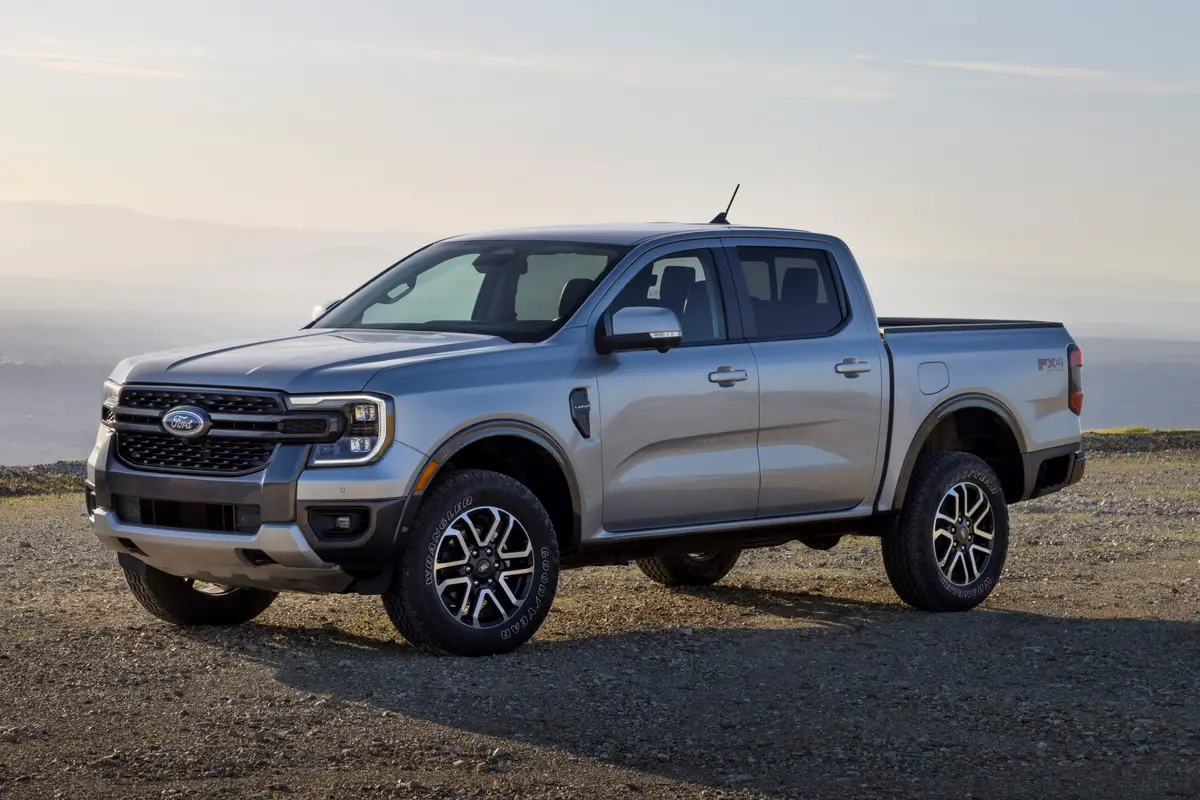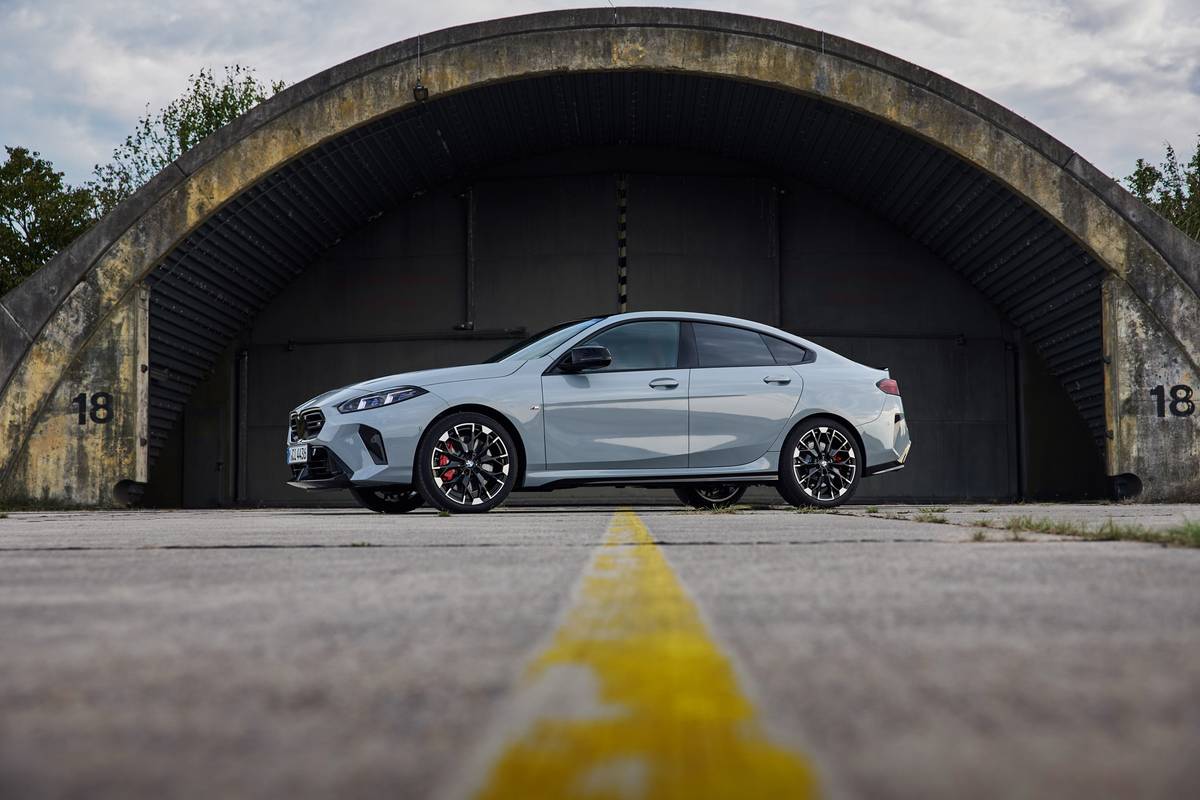Star-Telegram.com's view
Pontiac’s best-selling car, the Grand Am, might not be quite as exciting as some of the General Motors division’s other offerings, such as the Trans Am and the Grand Prix GT.
But for the money — with prices starting at just under $17,000 — the completely redesigned 1999 Grand Am SE Coupe serves up a large portion of Pontiac excitement. Pontiac executives decided in the mid-’80s to focus their division on performance and excitement, and it’s amazing how well they’ve done that, even with their volume-leading compact Grand Am sedan and coupe.
The exterior changes for 1999 are subtle; the car still looks very much like last year’s Grand Am, but those looks are deceiving. The car is a bit shorter than the previous model, but its wheelbase is nearly 4 inches longer. The track is 3.3 inches wider for more sure-footed handling, but the overall width is just an inch-and-a-half wider.
These changes make the cabin roomier, although in our coupe test model, we found the back seat to be a tight fit for adults. That’s to be expected in the compact class, however, particularly in a two-door model.
The most impressive attributes of the Grand Am Coupe, beyond its aggressive and very appealing styling, are its excellent road-handling abilities and surprisingly good power. Granted, our test vehicle was the SE2 model, which comes with the optional 3.4-liter V-6 engine, rated at 170 horsepower and 195 foot-pounds of torque.
But even the base engine, the 2.4-liter four-cylinder, cranks out a respectable 150 horsepower. It is the most powerful standard engine in the compact class.
The four-cylinder is a carry-over from last year, but the V-6 is an all-new power plant. It has 15 more horsepower than the ’98 Grand Am’s 3.1-liter V-6, and delivers just slightly less fuel economy (one mile per gallon less, city or highway).
The most torque is at the lower-to-middle part of the scale, which means that the Grand Am with the V-6 takes off like a rocket and offers great acceleration for passing and freeway merging, where most people need the most power. At higher speeds, there’s not much zip left, however.
Cornering and traction are excellent, aided by the wide track, new four-wheel independent suspension, and a standard traction-control system that works automatically to reduce spin and deliver power to the wheel that still has a grip. The steering is tight and precise, which adds to the sports car feel.
Pontiac Grand Am interior.
Unfortunately for serious enthusiasts, the SE Coupe comes only with a four-speed automatic transmission; no manual gearbox is available. This is a vehicle that cries for a manual transmission, and maybe if enough people complain, Pontiac will eventually add one.
One great improvement over the previous generation of Grand Am is visibility for the driver. There is more glass to see through, thanks to narrower windshield and door pillars. The rear window has so much glass that rear-seat passengers need only look u p to see the sky. That can be a liability when the sun is beating down, though. And if rear-seat passengers aren’t firmly belted in, their heads will hit glass, not the headliner, when the car hits a bump.
Other than that, the interior is well laid out, with lots of thought put into the placement of gauges and controls. Our car came with cruise control and radio buttons at the bottom of the steering wheel. The heating and air-conditioning controls are also within easy reach and are simple to use.
The air-conditioning, which is standard on all models, is one of the best in the class. The huge air nozzles in the center and on each side of the dash are easily aimed and, even in the current Texas heat, the system cools the vehicle quickly.
This Grand Am comes with the newer-generation depowered air bags to make the right front seat safer for younger and smaller passengers.
Other standard safety features include antilock brakes (usually an option on other cars in this class), s e-impact protection, daytime running lights with an automatic-on feature for headlights and tail lights at night, fog lights, and rear cornering lights. Battery rundown protection automatically turns off accessories and lights that are inadvertently left on.
Coupe models come in three trim levels: base SE, midlevel SE1 and uplevel SE2. A GT version also is on the way, with sportier performance and appearance. Standard features include power windows and door locks with remote key less entry, variable-effort power steering, power front disc/rear drum brakes, rear defogger, tilt steering wheel, tachometer and remote trunk release.
Our SE2 test car, with a base price of $18,770 plus $525 transportation, came with some extras not found on the SE or SE1, including 16-inch aluminum wheels with special touring tires, cruise control, power mirrors, four-way manual-adjust driver’s seat with power height adjustment, split-folding rear seat and a sport interior package that included driver’s seat lumbar adjustment, leather-wrapped steering wheel, sun visor extensions, and a cargo net in the trunk.
Standard on the SE2 is an in-dash AM/FM/compact-disc stereo with six speakers; our car had the upgraded unit ($195) that also had a cassette deck. The only other option on our vehicle was the rear-deck spoiler ($195). Total sticker was $19,700, including transportation.
EPA fuel-economy ratings are 20 miles per gallon in the city and 28 on the highway for the V-6 model. The tank holds 15.2 gallons of gasoline.
1999 PONTIAC GRAND AM SE2 COUPE
The Package: Compact, two-door, five-passenger, V-6 powered, front-drive coupe, completely redesigned and released early for 1999.
Highlights: Bold, aggressive styling; sporty handling and performance; good safety features; well-laid out instruments and controls. Negatives: Back seat is a tight fit for adults, particularly overhead.
Major competitors: Chrysler Sebring, Honda Accord Coupe, Nissan 240SX.EPA fuel economy: 20 miles per gallon city, 28 highway.
Base price: $18,770 plus $525 transportation.
Price as tested: $19,700, including transportation.
Latest news



